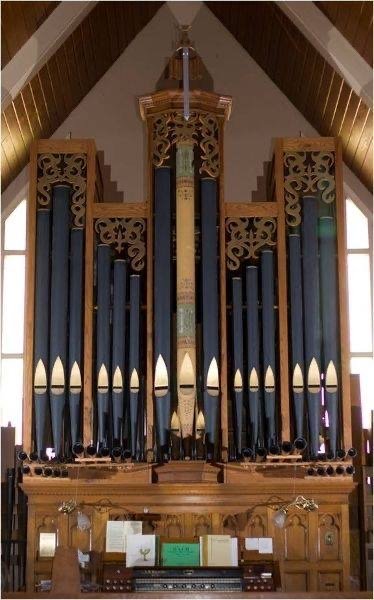Choir Notes
The name of my blog - A Polyphonic Life - may have given you a clue that music is an important part of my life.
I have been a member of our church choir for many years, in my 30s, 40s, 50s, and now as a group elder in my 60s. I love being able to contribute to worship in this ministry. But my reasons for being in the choir are also selfish: I have found over the years that choral singing helps my mental and emotional health in vital ways, particularly my anxiety. Part of this has to do with the focus on breath. But singing helps me in so many other ways.
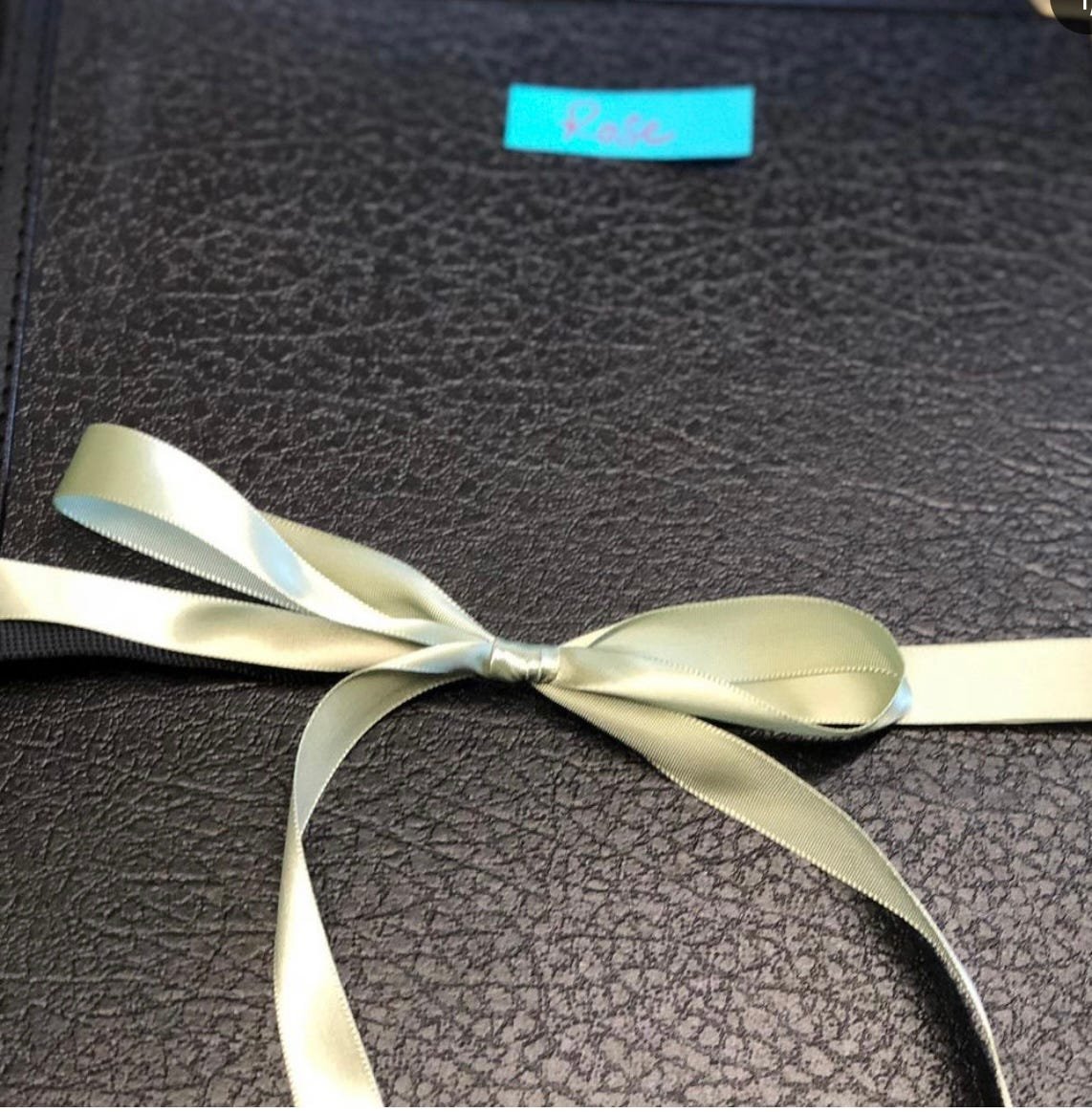

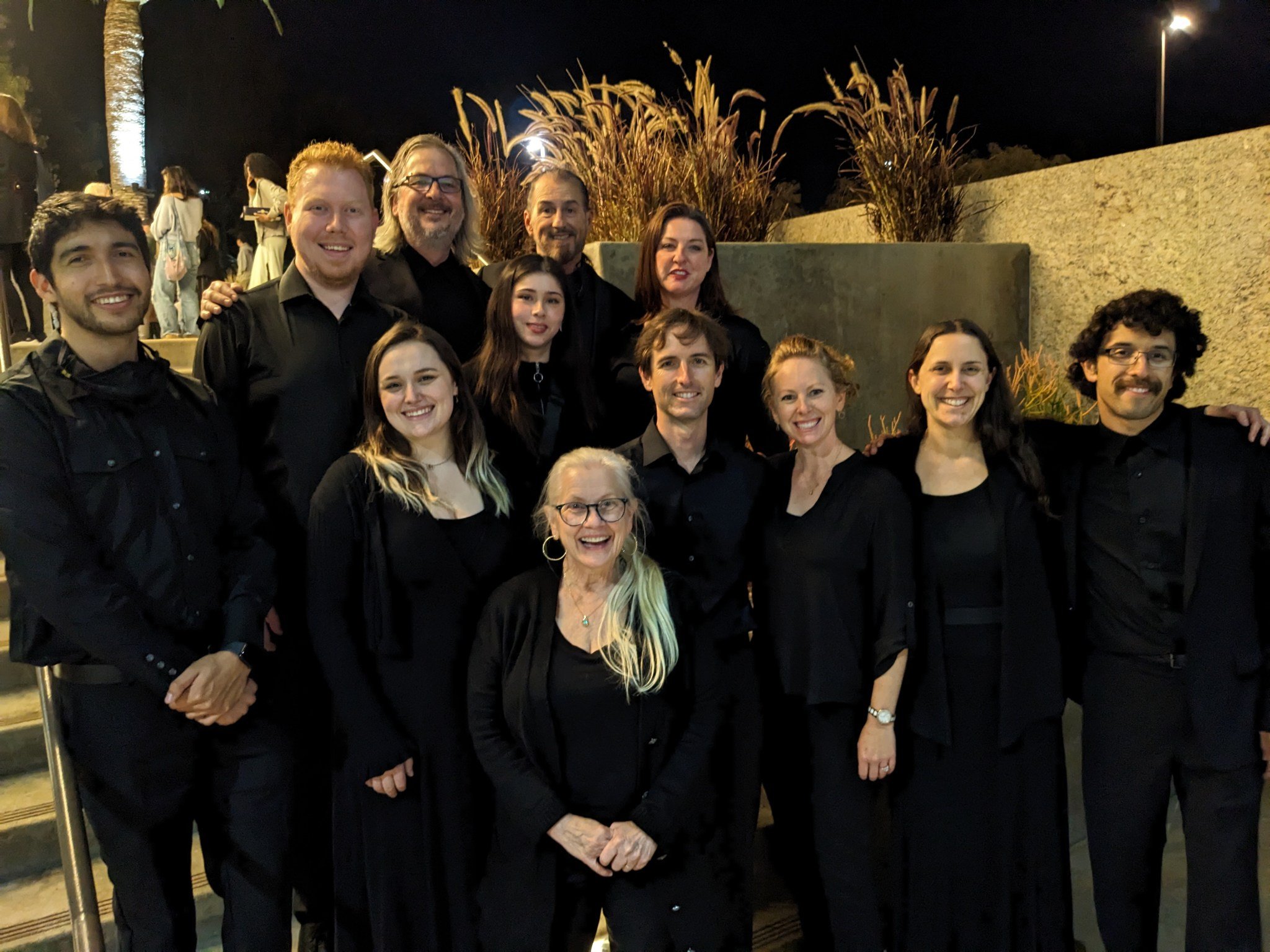
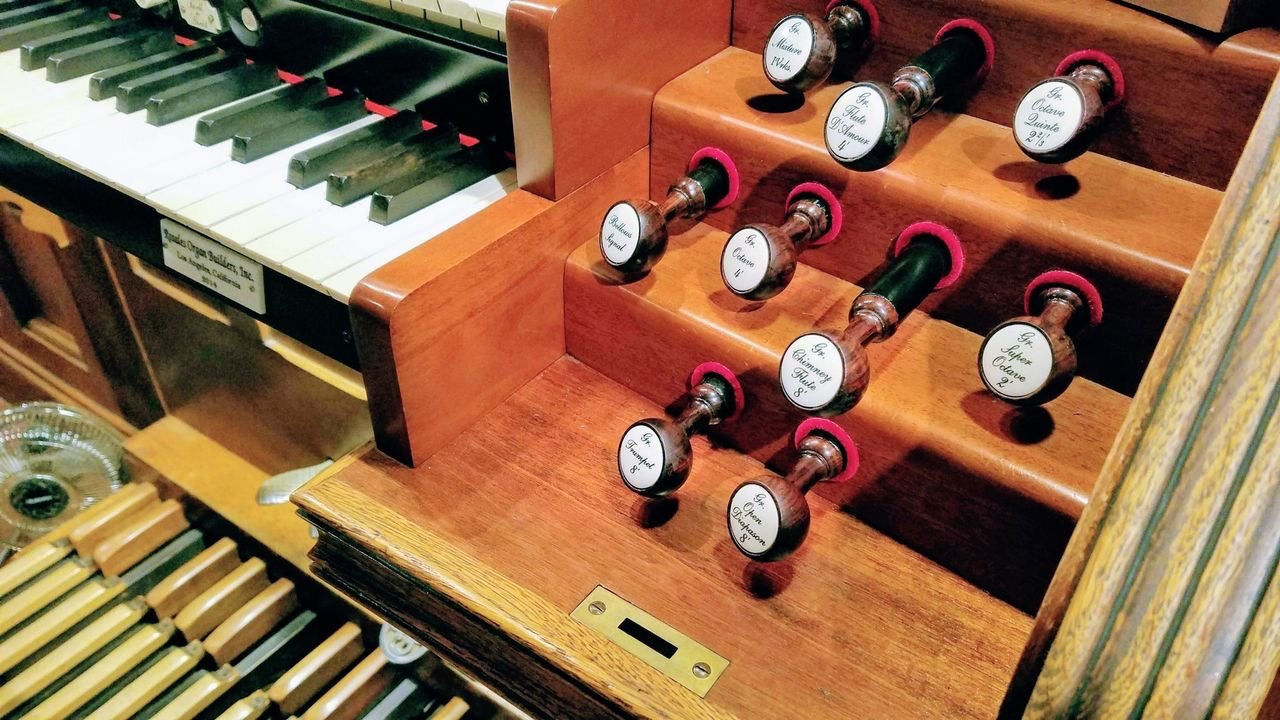

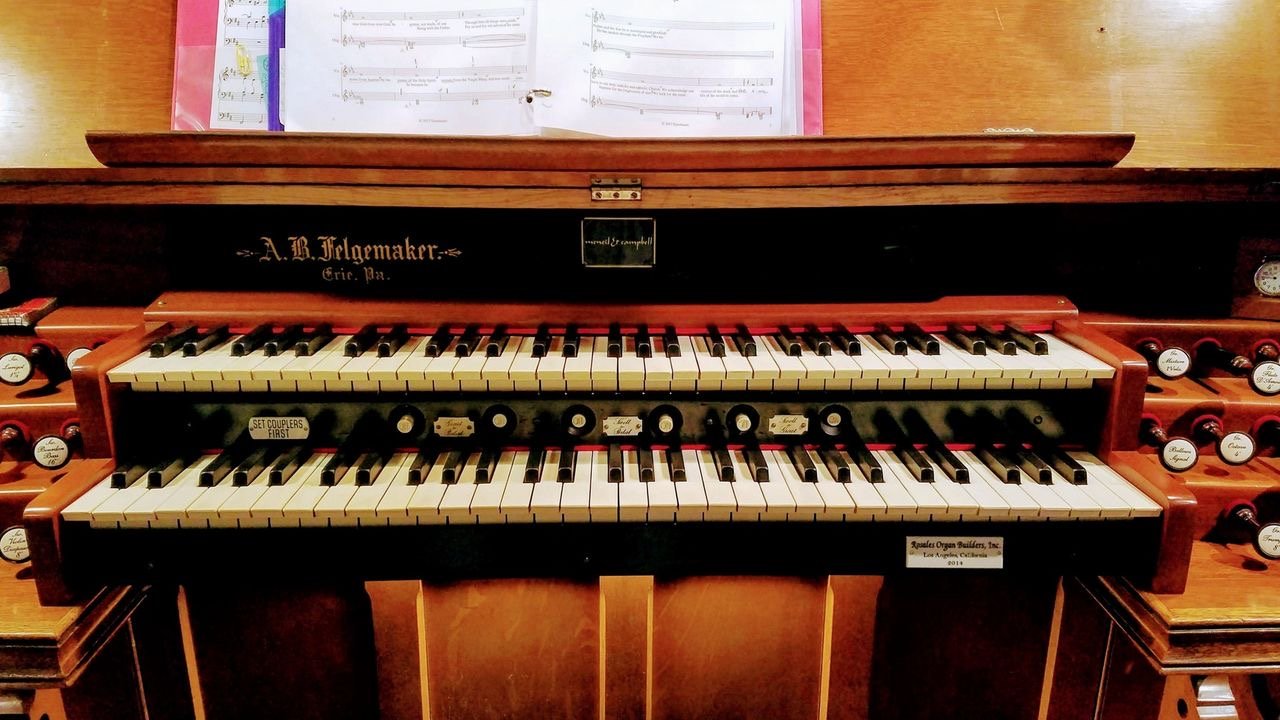
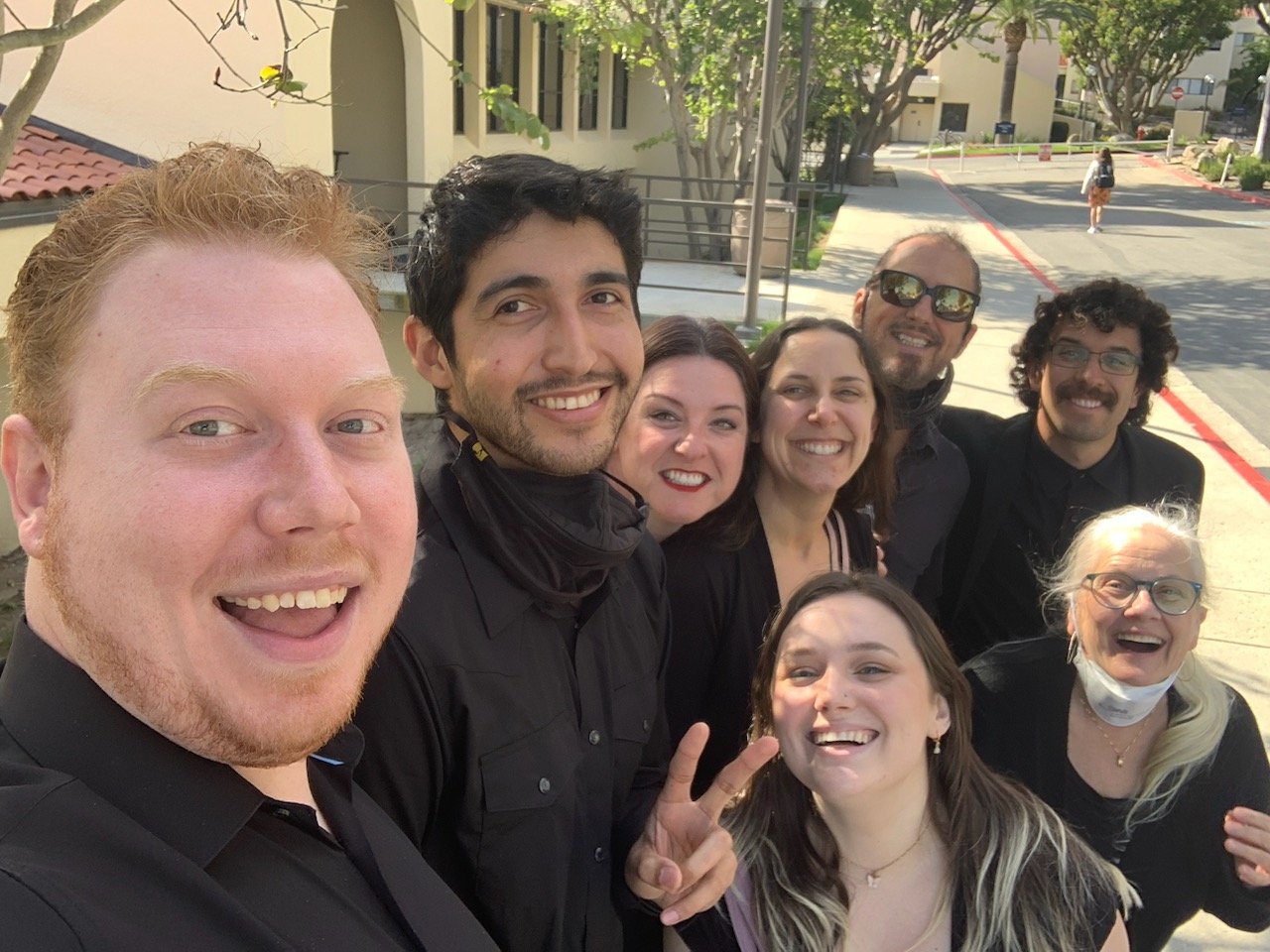
There is an abundance of research about the health benefits of singing. Some studies report that choral singers who are elderly enjoy better health and are less likely to suffer from depression. Singing may also help boost our immune systems, according to an oft-cited study from the University of Frankfurt. Recent research affirms what choral singers already know: singing mediates fast social bonding. In my own choir, deep, meaningful friendships have formed and transcend every difference imaginable. This is my community, one that speaks the language of music and love.
Our choral life is not just audible, the call and response of our voices. It is also tactile, as we exchange the Peace, and put our arms around one another, smooth hair, and straighten one another’s robes. There are greetings upon coming, in the middle, and going. There is the daily text thread, filled with accomplishments and milestones to celebrate, birthday greetings, requests for prayers, music videos, funny GIFs, and photos. When we are together we laugh, a lot.
On some Sundays the choir stays downstairs, spread out in several pews in the rear of the church that are reserved for our use. We are a friendly bunch. This last Sunday, a visitor didn’t see the signs and sat among us. He became a new friend, and we quickly discovered he had sung tenor in his church choir in Africa. Singers always find other singers. He was surrounded by choir members and after church, joined us in the choir room to meet our music ministers. We hope he’ll join us to sing.
Some Sundays we sing in the upstairs loft at the rear of the church, nestled around the base of the massive organ. When we climb the stairs to the loft, I am the first to enter the last row of the riser, for at the end is a box built by our music ministers Felix and Tara to give me - the shortest member - the ability to see Tara more clearly as she conducts. The box is decorated with my name and flowers, decorated with love.
This is what community looks like.
This is what love looks like.
Love also looks like the majestic organ, a sometimes cantankerous instrument coaxed to reveal otherworldly sounds by our organist, Sara, who pulls and pushes and prods, bringing music to life. The 20-foot tall Felgemaker pipe organ at St. Paul's has 1,144 pipes, ranging in size from 1/2 inch to 9-feet tall. It's called a "tracker organ" and was built in 1899. The organ is completely mechanical. Its first home was a Catholic church in Ohio. St. Paul's acquired it in 1979, raising funds to hire Manuel Rosales, curator of the Walt Disney Concert Hall organ, to remake and retune the historic instrument.
Our choir clung together tenaciously during the pandemic, meeting each week on Zoom. The pandemic strengthened our relationships. We shared our fears and our joys. Our music ministers - incredibly gifted educators - used the opportunities provided by technology and the time we had to create an educational program that strengthened the musicality of the group. When we returned to in-person rehearsals, we were more cohesive than we had been before the pandemic. We sing a wide range of genres and are always learning. Choir is my “small group” at church, and I would be lost in the world without the music and the people.
Choir has taught me to make “better noise”, but also to listen more closely. We sing a lot of a capella pieces. We stand in a semi-circle as we rehearse, watching one another, listening intently, and adjusting our voices as needed. It is a sublime experience, unparalleled.
This is a lesson that works for singing and nearly every situation in life: Listen closely, and then adjust (my voice, my contribution, my changed understanding) to create something even better.
Our life plays out in measures, like a song. Some patterns repeat (hopefully the healthy ones). In some measures we leave jobs, relationships, friends. Parents age, die, and leave us in the saddest interludes. Sometimes we leave our faith, and if we are lucky, it leaves a notation somewhere in the score to lead us back to the starting place. This measure in my life is one of sacred ordinary time: family, home, work, writing, and always, always: music and this community of musicians.
Two of the most important things in my possession are the hymnals that belonged to my grandmother and my great-grandmother. My grandmother, Eloise, remained a secret devotee of the 1940 Hymnal, even after the adoption of the new hymnal in 1982. She was an artistic person, but not a musical person. Yet, she was dedicated to the musical tradition of her faith, joining her voice with fellow congregants to create something larger. Touching her hymnal sustains me, whether because of the promise of music that will uplift my spirit, and a church that changes and grows in important ways, but also retains musical traditions that inspire me. It might also be that the hymnal holds the physical memory of her touch.
My choir folder is filling up with wonderful anthems we will be singing this spring. Some of them will also become part of our summer repertoire.
This month’s favorite is Elaine Hagenberg’s Alleluia, sung by Vocal Arts Nashville, a wonderful ensemble that you may enjoy listening to. You can find their new album on streaming services, including Spotify. (Our St. Paul’s choir will be performing this song on our summer tour.)
The lyrics (based on the words of St. Augustine) within this particular musical setting amaze and inspire me, and make my heart soar.
All shall be Amen and Alleluia.
All shall be Amen.
We shall rest and we shall see.
We shall see and we shall know.
We shall know and we shall love.
Behold our end which is no end.

